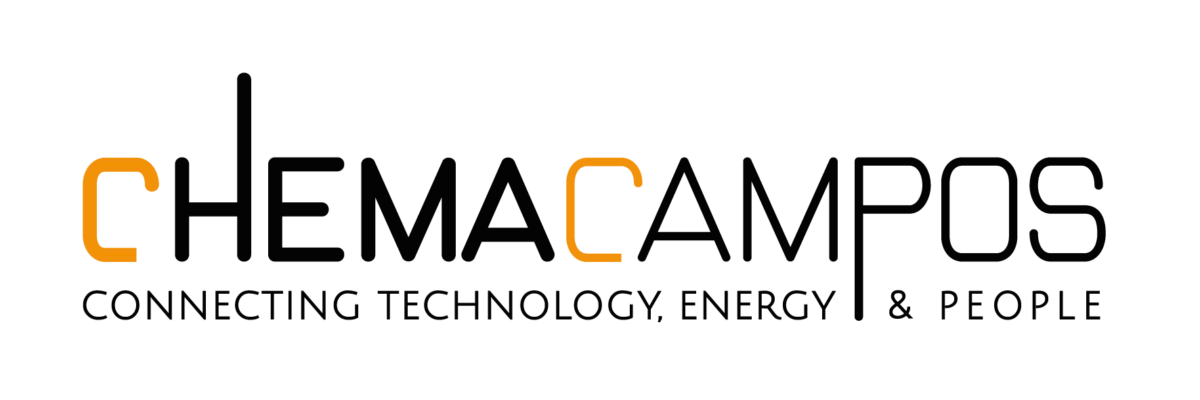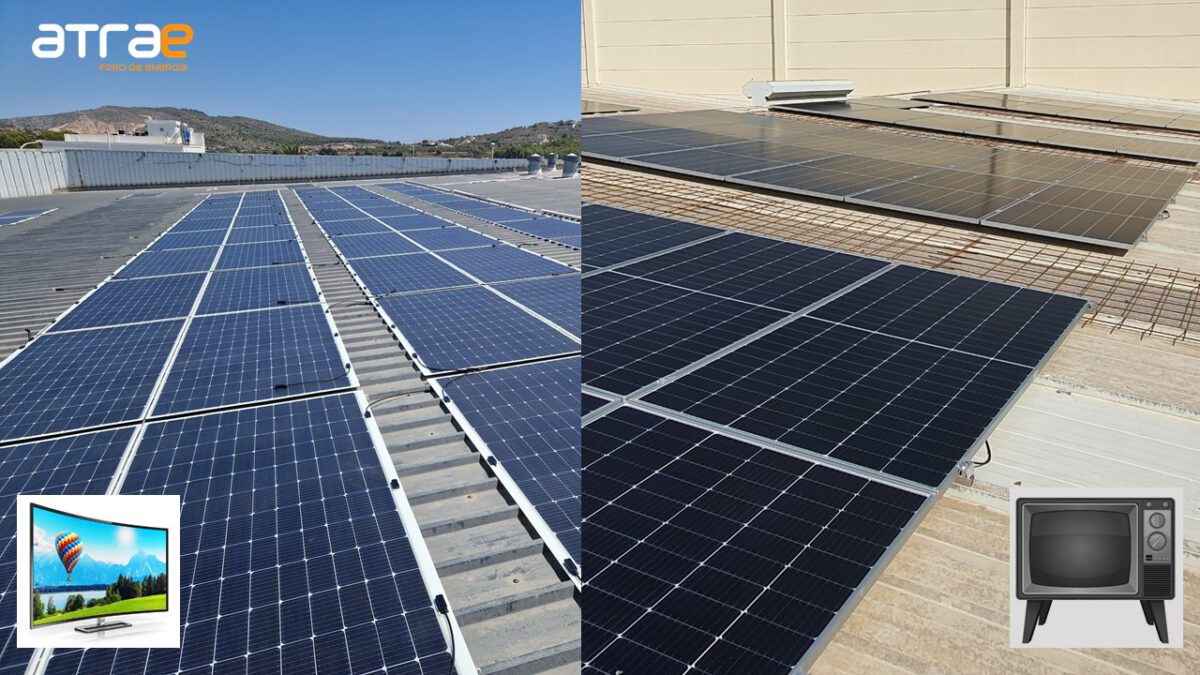Whether you work in renewables or not, you’ll already know that the solar industry offers many more options today than before.
And I’m not just talking about inverters or batteries. In solar panels, the focus is no longer solely on the power or efficiency of silicon.
Flexible and ultralight solutions are revolutionizing the sector, thanks to technologies such as CIGS (copper, indium, gallium, and selenium), perovskites, polymers (ETFE, fullerene, PSS, etc.), and organic films.
☝️Working almost every day with these new advanced products has given me a perspective on the future of the market that I find very interesting and want to share with you.
Rigid panels use crystalline silicon encapsulated in glass and aluminum. They are efficient, but heavy and cumbersome to handle.
They remind me of old cathode ray tube televisions: bulky boxes with thick glass.
Flexible panels, on the other hand, use silicon cells up to 300 times thinner and eliminate glass and aluminum from the equation. In my opinion, they’re the ultimate in eco-friendly construction processes.
These would be like the new Smart TVs. Lightweight, decorative, and adaptable to almost any surface.
And here’s my reflection: I have no doubt that, with the passage of time and economies of scale, lightweight panels will be cheaper than conventional ones. And, at that point, they’ll dominate the entire market, because they’re simpler and, at the same time, more advanced and environmentally friendly.
More technology, fewer materials for their manufacture, easier transport, lighter weight, no drilling required…
Want to bet me?



